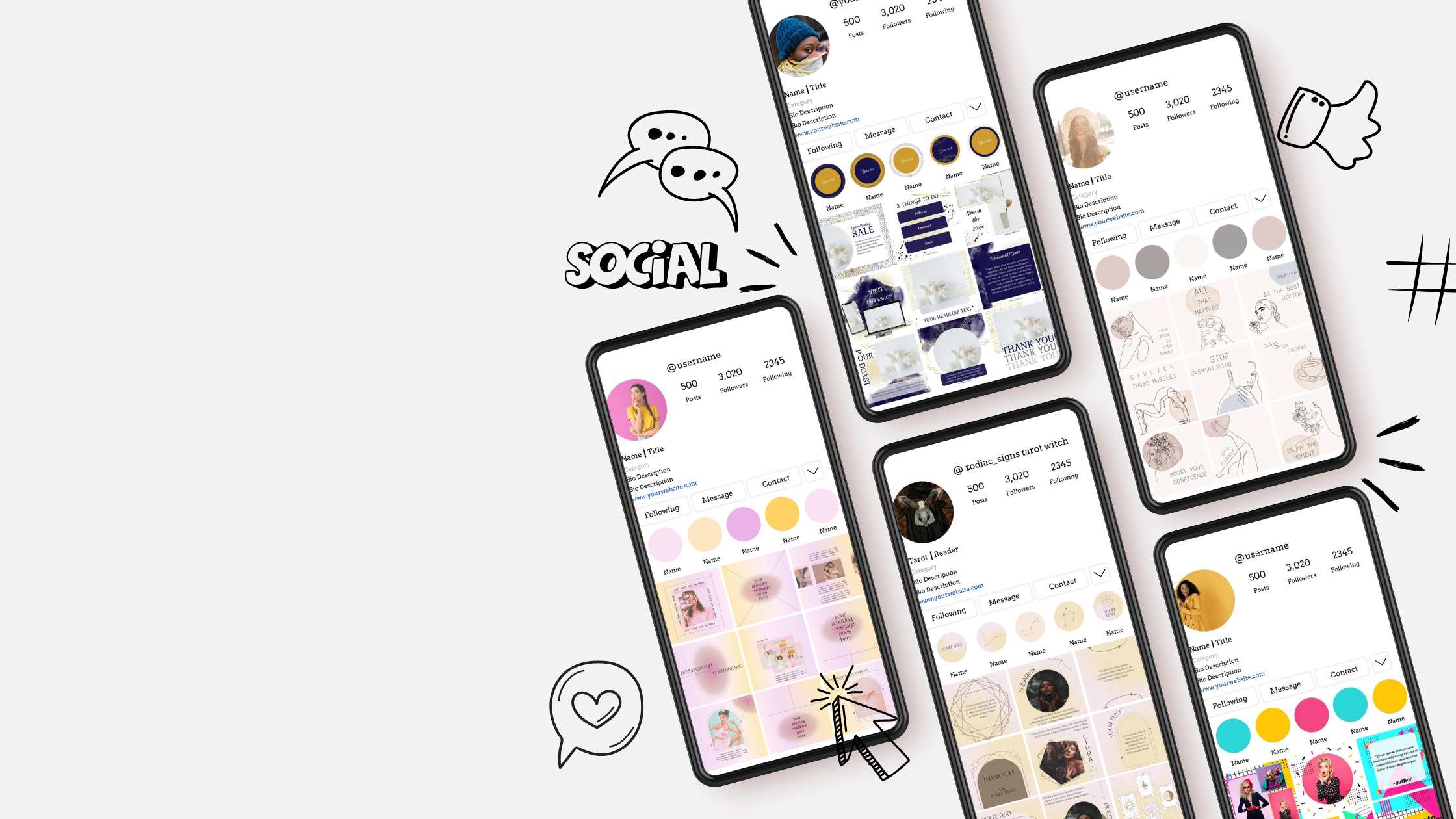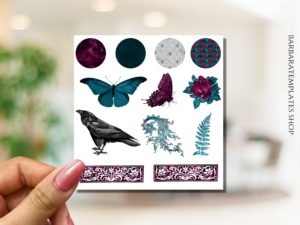
Elevate Your Design Game with Canva
Canva and key benefits for business and personal use.

Decoding Emotions: Exploring the Fascinating World of Color Psychology
Color psychology delves into the emotional and psychological impact that colors have on human behavior, perception, and decision-making. From evoking specific emotions to influencing purchasing choices, color psychology plays a crucial role in various aspects of our lives. In this article, we’ll take a deep dive into the captivating world of color psychology, uncovering how different colors can shape our feelings, thoughts, and actions.
The Basics of Color Psychology:
Colors have the innate ability to trigger emotional responses, create associations, and influence our perceptions. While color preferences can be subjective and cultural, certain universal emotional connections to colors are widely recognized:
The Influence of Colors in Different Contexts:
Cultural and Individual Variations:
While certain colors have universal associations, individual experiences and cultural backgrounds can also impact how people perceive and respond to colors. Cultural differences can lead to varying interpretations and emotional connections to specific colors.
Using Color Psychology Strategically:
When using color psychology in design or branding, it’s essential to consider the target audience, cultural context, and the emotions you want to evoke. Whether you’re aiming to convey excitement, trustworthiness, serenity, or any other emotion, understanding the psychology of colors can help you make informed choices that resonate with your audience.
The Power of Colors in Shaping Perception
Color psychology is a captivating field that sheds light on the intricate ways colors influence our emotions, behaviors, and decisions. By understanding the emotional connections associated with different colors, you can harness their power to create impactful designs, build strong brands, and influence how people perceive and interact with your creations. So, the next time you choose a color for your project, consider the psychological impact it may have, and let the magic of color psychology work in your favor.

Canva and key benefits for business and personal use.

Typical signs of Goth subculture.